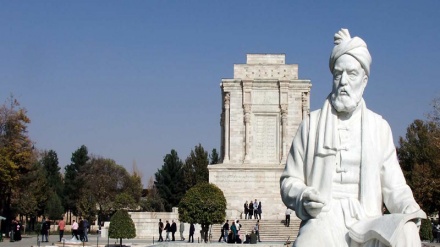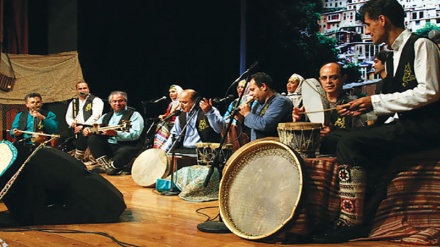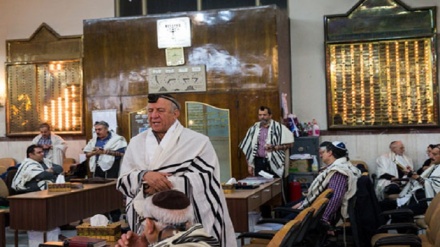Iran: Land of various ethnicities (11)
In continuation of reviewing Iranian ethnicities today you’ll get familiar with the Turkmen people.
Turkmens are originally from the Turkic peoples of Central Asia which reside mainly in Turkmenistan, northwest of Afghanistan and northeast of Iran. There are small minorities of them in northern Pakistan and Caucasus, too. They speak in Turkmen, a language of the western Oghuz branch of Turkic languages. Most of the Turkmens are Sunni Muslims of Hanafi denomination. Turkmens used to be called Oghuz or Ghuz. For long they lived a life of migration in the steppes between River Jaxartes (Syr Darya) and Aral Sea. Till the 7th century AD Turkmens were part of the Great Turkic people. Then, following the collapse of the Göktürks rule in inner Asia, a group of Turks called Oghuz separated from this Confederation of Turkic people and migrated toward Aral and Jaxartes.
Turkmens embraced the truth of Islam in 5 AH and have maintained their religious and ethnic traditions and rituals ever since. They used to practice animal husbandry. But after the end of the Second World War they began sedentary life and engaged in agriculture. Carpet weaving is a blend of art, taste, craftsmanship and patience of this people which has been bequeathed through generations.
Most of the Turkmens live in Turkmenistan and the Turkmens of Iran build up the largest Turkmen ethnicity outside the land of Turkmenistan. They are located in the southeast of the Caspian Sea in the provinces of Golestan, Khorasan Razavi and North Khorasan. Their population in Iran numbers approximately 2 million. Turkmen Sahra and Gonbad Kavus are among the important cities of Turkmens. There are almost 1 million Turkmens in Afghanistan, too.
The Turkmen women are very skilled in weaving carpets and rugs. They create beautiful designs on carpets and their works are exported to different countries. The Turkmens of Iran have always tried to study at high levels and many of them have continued their education at universities.
Clothes are among the important cultural elements of every ethnicity. Turkmens, especially their women, have preserved their traditional costume so that in every part of the country they are recognized very soon. The Turkmen women wear a long dress and a headscarf called “Chargat” which is much larger than ordinary headscarves. Although today Turkmen clothes are produced at factories in large scale, many youths prefer to make their traditional clothes with their hands. The clothes of Turkmen women indicate their marital status. Thus, the dresses and headscarves worn by married women are different from unmarried girls. The red colour is very popular among Turkmens, especially women. The head cover is also significant among Turkmens and it may show the tribal bond and social status of the individual.
Music is an inseparable part of the Turkmen life. The Turkmen music is inspired by the nature, social relations, migration, assaults and other phenomena. It has been mixed with their ceremonies and various cultural events. For instance, love and friendship, respect of the Ahl al-Bayt (the progeny of the Prophet), the martyrdom and birth anniversary of the Ahl al-Bayt, combat, treatment of diseases (music therapy) and so on. One of the main musical instruments among Turkmens is “Dotar”. Dotar (Dutar) is a traditional long-necked two-stringed lute mostly found in Iran and its eastern and northeastern neighboring countries. The Turkmen music is full of emotion.
RM/ME


